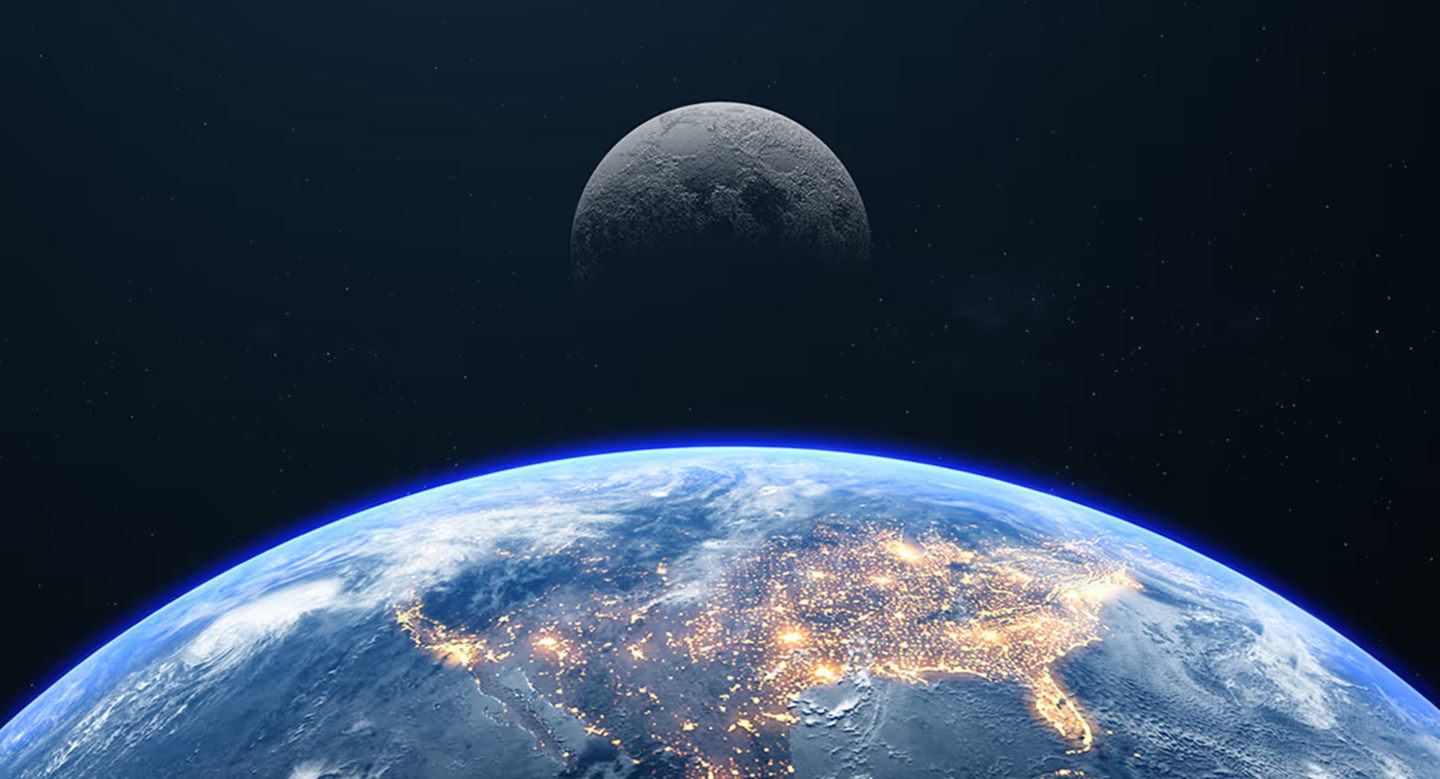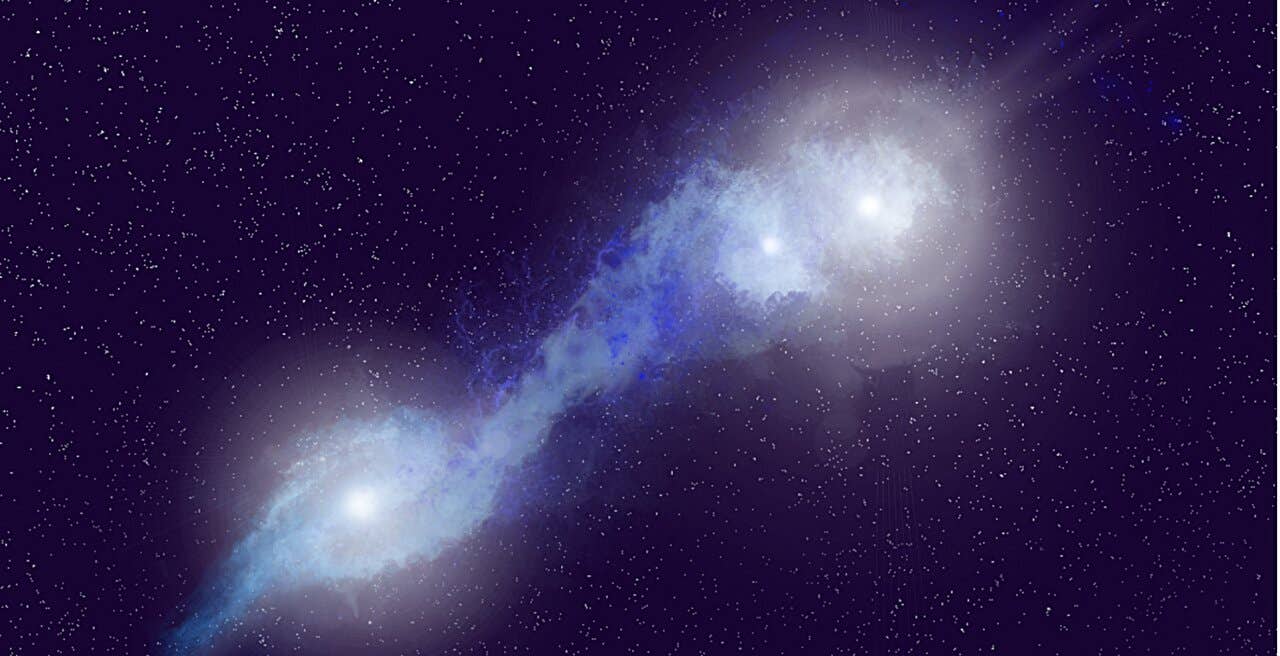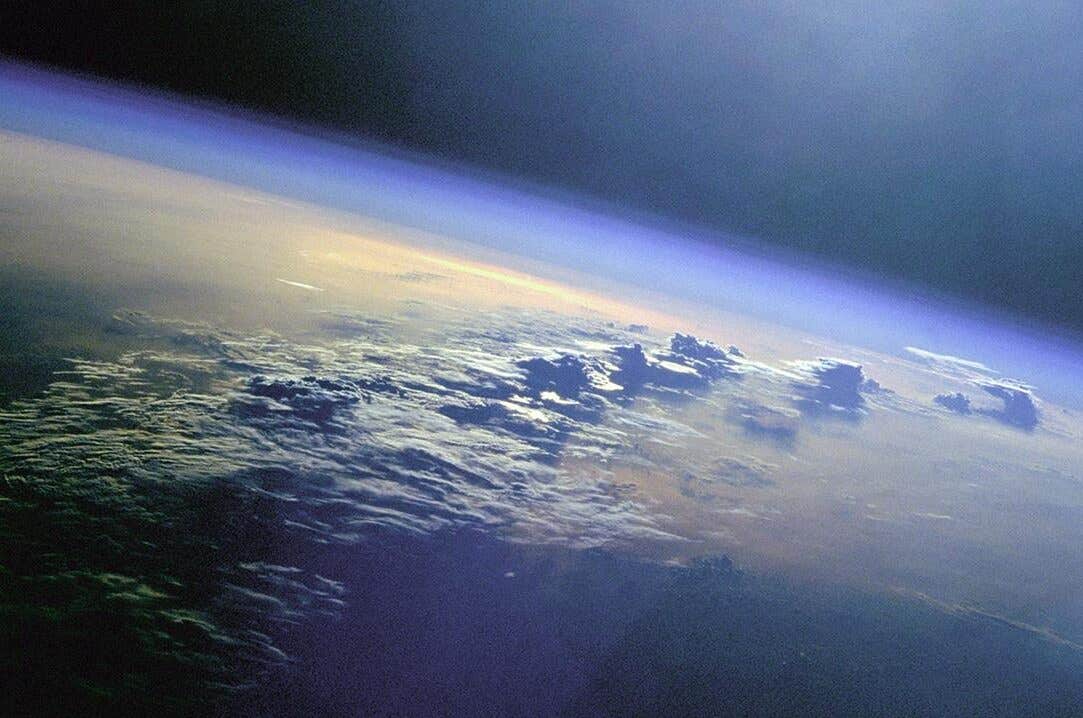Smithsonian scientists plan ‘doomsday vault’ to protect Earth’s biodiversity on the Moon
New scientific research proposes a plan to safeguard Earth’s imperiled biodiversity by cryogenically preserving biological material on the moon.

The moon’s permanently shadowed craters offer a naturally cold environment suitable for cryogenic preservation without the need for electricity or liquid nitrogen, making it an ideal location for a biorepository. (CREDIT: CC BY-SA 3.0)
Scientists at the Smithsonian have devised an innovative plan to protect Earth's threatened biodiversity by cryogenically preserving biological material in a 'doomsday vault' on the moon. The moon’s permanently shadowed craters offer a naturally cold environment suitable for cryogenic preservation without the need for electricity or liquid nitrogen, making it an ideal location for a biorepository.
This proposal, detailed in BioScience, was developed in collaboration with researchers from various Smithsonian institutions, including the National Zoo and Conservation Biology Institute (NZCBI), the National Museum of Natural History, and the National Air and Space Museum.
The paper outlines a comprehensive plan for creating a lunar biorepository, addressing governance, the types of biological material to be stored, and experimental plans to tackle challenges like radiation and microgravity. Notably, the study highlights the successful cryopreservation of fish skin samples, now stored at the National Museum of Natural History.
"Initially, a lunar biorepository would target the most at-risk species on Earth today, but our ultimate goal would be to cryopreserve most species on Earth," said Mary Hagedorn, a research cryobiologist at NZCBI and lead author of the paper. "We hope that by sharing our vision, our group can find additional partners to expand the conversation, discuss threats and opportunities, and conduct the necessary research and testing to make this biorepository a reality."
The inspiration for this idea comes from the Global Seed Vault in Svalbard, Norway, which houses over 1 million frozen seed varieties as a backup for global crop biodiversity. Located nearly 400 feet underground in the Arctic, the vault was designed to keep its collection frozen without electricity.
However, thawing permafrost in 2017 caused a flood threat, demonstrating that even an Arctic bunker could be vulnerable to climate change. Although the vault has since been waterproofed, the incident underscored the need for more secure preservation methods.
Animal cells require much lower temperatures for preservation than seeds, specifically -320 degrees Fahrenheit (-196 degrees Celsius). On Earth, this necessitates liquid nitrogen, electricity, and human staff, all of which are susceptible to disruptions that could compromise the entire collection.
Related Stories
To address these vulnerabilities, scientists needed a method to maintain cryogenic temperatures passively. The moon's polar regions, with craters that never receive sunlight, present an optimal solution. These permanently shadowed regions can reach -410 degrees Fahrenheit (-246 degrees Celsius), sufficient for cryopreservation. Storing samples underground or within thick-walled structures made of moon rocks would protect against the DNA-damaging radiation in space.
At the Hawaiʻi Institute of Marine Biology, the research team successfully cryopreserved skin samples from the starry goby, a reef fish. The fins contain fibroblasts, a type of skin cell ideal for cryopreservation and the primary material to be stored in the National Museum of Natural History’s biorepository.
Unlike sperm, eggs, and embryos, which are challenging to preserve reliably, fibroblasts are easier to cryopreserve and can be collected from an animal’s skin. For species without skin, such as invertebrates, the team may use various types of samples, including larvae and other reproductive materials.
The next steps involve conducting radiation exposure tests on cryopreserved fibroblasts on Earth to design packaging that can safely deliver samples to the moon. The team is actively seeking partners and support to conduct further experiments on Earth and the International Space Station. These tests will assess the prototype packaging's ability to withstand the radiation and microgravity of space travel and lunar storage.
If realized, the lunar biorepository would be a public entity involving public and private funders, scientific partners, countries, and public representatives, with cooperative governance mechanisms similar to the Svalbard Global Seed Bank.
"We aren’t saying what if the Earth fails—if the Earth is biologically destroyed this biorepository won’t matter," Hagedorn explained. "This is meant to help offset natural disasters and, potentially, to augment space travel. Life is precious and, as far as we know, rare in the universe. This biorepository provides another, parallel approach to conserving Earth’s precious biodiversity."
Note: Materials provided above by The Brighter Side of News. Content may be edited for style and length.
Like these kind of feel good stories? Get The Brighter Side of News' newsletter.



